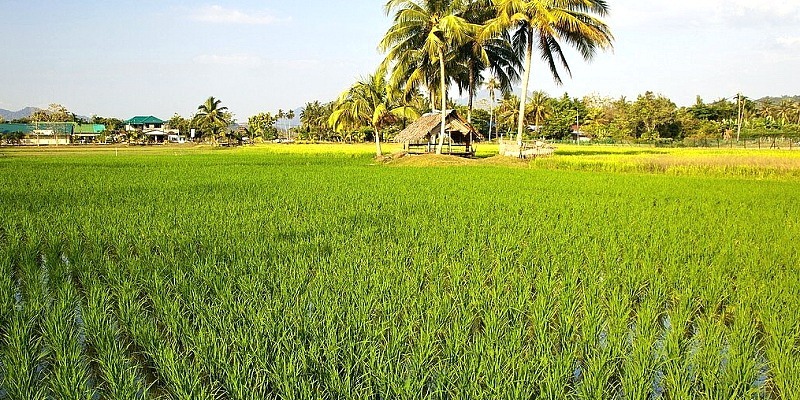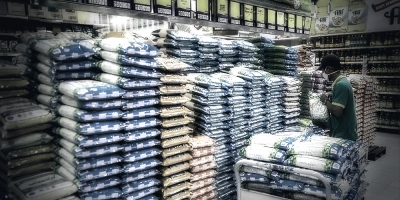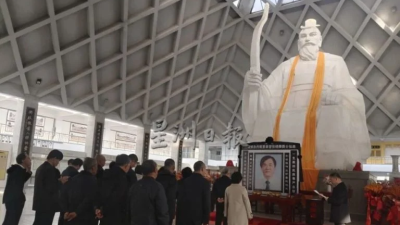What the government needs to do is not just to expand the area of cultivation alone, but also boost the rice output and quality.
Russia’s invasion of Ukraine and the subsequent sanctions slapped on Russia have triggered a globalized material shortage and severe inflation.
It all started with a steep rise in energy prices, followed by food prices and many others. Prices of daily necessities such as cooking oil, wheat and white sugar have all gone up, while rice, the staple food for much of Asia, is going to be more expensive too, according to experts.
The latest bouts in soaring goods prices are not expected to end any time soon unless we see a ray of hope in the end of the war in Europe.
Following the export restrictions on Russian oil and gas, other major oil producers have turned down Washington’s proposal to increase output in a bid to bring down energy prices.
Both Russia and Ukraine are major exporters of food, animal feed and chemical fertilizers. The war and the subsequent sanctions have simultaneously disrupted the supply chains of these essential substances.
While energy crisis can be offset with increased output by oil producing countries, the impact of food shortage is poised to last much longer, as missed sowing and fertilizing seasons will adversely affect the next season’s harvest, while costlier animal feed will hike the selling prices of meats.
It is almost impossible now to avert a food crisis, and what the government needs to do now is to expand food supply and control the prices.
On Monday, Prime Minister Datuk Seri Ismail Sabri Yaakob said the Economic Action Council (EAC) had decided to float the ceiling prices based on changes in input costs in the supply chain, and to expand agro-food ecosystem with supply chains led by government-linked companies (GLCs), government-linked investment companies (GLICs) and government agencies.
In other words, the government will intervene in the control of price fluctuations and supply of food.

Let’s first talk about pricing. From the economic point of view, the price of a product is determined by the supply-demand balance and product quality.
Theoretically, the government’s intervention should ensure adequate goods supply and stabilize the prices, thus taming the inflation. However, this should only be adopted during critical moments or war-time. For instance, the United States announced on August 15, 1971 to freeze the prices of goods for 90 days in a bid to contain inflation, although the strategy was later proven to be ineffective.
In the meantime, due to the increase in raw material and production costs as well as the government’s price control policy, some producers might opt to shrink their production to minimize loss. That is when the government will step in again.
Nevertheless, it is not advisable for the government to adopt a similar measure as fuel subsidy, as it will only remarkably increase the government’s expenses and may not fundamentally resolve the problem.
Talking about food supply, we are currently only about 70% self sufficient.
The PM has said the federal government will work with state governments to vastly increase the land area for cultivation purposes with the objective of increasing food output and cutting our reliance on imports. This is a great idea indeed, but it takes time.
As such, a near-term strategy should be expanding “food reserves” to prepare for an imminent global food crisis.
The last time we checked, Malaysia’s rice production was approximately 3.2 tons per hectare, far below Taiwan’s 5.5 tons per hectare and China’s 6.5 tons per hectare.
As a result, what the government needs to do is not just to expand the area of cultivation alone, but also boost the rice output and quality.
The government should perhaps seek technical assistance from China and Taiwan to boost production and improve the quality of living of our rice farmers.
ADVERTISEMENT
ADVERTISEMENT








































